
As much as cars are often sold on sex appeal or snob value, there can also be a very healthy market for cute, and only a small handful of production cars have been cuter than the first Nash Rambler of 1950, with its modest dimensions, toy-like proportions, and puppyish charm. The early Rambler was cute enough to make it a commercial success despite a decidedly premium price tag.

Nash-Kelvinator president George W. Mason was a compact car believer. He was not a fanatic — during his lifetime, Nash didn’t abandon full-size cars, nor did he have any plans to (Mason’s former special assistant, George Romney, did that after Mason’s death) — but he thought small cars made sense for a lot of the driving that Americans did, and he thought there was a market for them that Nash could cultivate.

This stance had a lot to do with how Nash approached its compact car, called Rambler (reviving a name used decades earlier by the Thomas Jeffrey Co.). The Nash Rambler wasn’t a desperation play or a fundraising stratagem, and Nash didn’t have any grandiose ambitions for its production volume. Mason was willing to play a long game, building acceptance for small cars with what he called “fringe models” while also using the publicity to drive sales of the big Nash line. (It should be said that this was not a universally popular idea within the company; some senior Nash executives were strongly opposed to compacts.)

The Rambler went on sale in April 1950. At launch, there were no two- or four-door sedans, just this quirky little ragtop, which Nash called a Convertible Landau.

Although the side window frames were fixed, much like the more recent Fiat 500C, the fabric roof was power-operated, using an electric motor controlled by a switch on the left side of the dashboard.


The fabric top could be partially or fully opened, and the plastic rear window could be unzipped for ventilation with the top up.

Nash advertised the Rambler Convertible Landau as “the smartest, safest convertible in the world … all the thrill of an open car with the comfort and safety of a sedan!”

In 1950, the Rambler was offered only in top-level Custom trim, with a lengthy list of standard equipment that cost extra on most contemporary cars (including senior Nash models): turn signals, wheel covers, a cigar lighter, foam seat cushions front and rear, an electric clock, a radio, and the Nash Weather Eye integrated fresh air heater.

Nash brochures and advertising stressed that the Rambler was fully equipped — “nothing else to buy!” — but there were still some extra-cost options, including overdrive, whitewall tires, and a snazzy hood ornament designed by artist George Petty.


Two-tone Custom cloth upholstery was standard on the Rambler, theoretically comparable in quality and design to the trim in the flagship Ambassador Custom.


Seen through modern eyes, the Rambler Custom interior looks more spartan than it did at the time, so it’s worth comparing the cabin of the Rambler to that of the bigger Nash Statesman:


The interior design of both the Statesman and the Rambler showed the influence of Nash consultant Helene Rother, whom Nash-Kelvinator publicity described, a little disingenuously, as “Madame Helene Rother of Paris.” (Rother was actually from Leipzig.)

Rother selected fabrics and trim choices for Nash cars, and she probably either designed or at least strongly influenced the design of the dashboards, with their watch-like instrument clusters and stylish clocks.




In plushness and features, the Rambler gave away nothing to its larger siblings. This was reflected in its price: At launch, the Rambler Custom Convertible Landau started at $1,808 FOB, including federal excise tax. That was actually $95 more than the Nash Statesman Super pictured here, although the better-trimmed Statesman Custom cost $64 more than the Rambler.

In 1950, even Cadillac buyers paid extra for a heater, a radio, turn signals, and wheel discs, and Nash could have easily cut the base price of the Rambler by at least $200 by moving that content to the options list. No one at the time would have seen that as unusual or especially penurious, and it would have brought prices closer to the traditional low-price makes. However, Nash was obviously not eager to encourage that kind of comparison.

Let’s talk about the price for a minute. MeasuringWorth estimates that the relative value of the Rambler’s $1,808 list price is about $37,360 in 2025 dollars, which I think gives a reasonable sense of how the Rambler fit into the contemporary market. In 1950, $1,808 wasn’t a luxury car price tag, but it was significantly above most low-end cars. In fact, the Rambler cost more than most six-cylinder Pontiac or Oldsmobile models, and you could have had a very nice V-8 Ford for less. In other words, the Rambler had a middle-class price tag, aimed at middle-class and upper-middle-class customers.

That was pretty much the audience Mason had in mind for the Rambler: affluent buyers, many of them women, who would be attracted to the new model not because it was dirt cheap (it wasn’t), but because it was cute, chic, and conveniently sized for daily errands in urban traffic. (According to a contemporary Automobile Manufacturers Association study by Alfred Politz Research, the average car in the U.S. was used mostly for short trips: three to four trips a day, each carrying only 1.8 people, and totaling an average of 32 miles a day.) A lot of early Ramblers were probably purchased as second cars, which automatically put them in a loftier tax bracket — only 11.1 percent of families owned more than one car in 1950, and being able to afford a new second car was a luxury indeed.

The Rambler wasn’t ONLY suitable for short trips, of course. With its soft high-mounted front coil springs and rubber-bushed rear leaf spring (with friction-reducing nonmetallic inserts between the leaves), the ride was surprisingly compliant despite the 100-inch wheelbase, and unitized construction made the body stiff and free of rattles despite the modest 2,500 lb curb weight.

The 172.6 cu. in. (2,828 cc) L-head six had 82 gross horsepower, which gave decent go for an age of 45 mph highway speed limits. (The Motor recorded 0 to 60 mph in 21 seconds, not bad for the time.)

It was also fairly cheap to feed, especially with overdrive: In a Floyd Clymer owner survey in the January 1951 Popular Mechanics, Rambler owners averaged 23.5 mpg in city driving and 27.4 on country roads and highways. The Rambler was unlikely to pay for itself with its thrift, but even well-heeled buyers appreciated its frugality, since regular gasoline in 1950 averaged 27 cents a gallon (a relative worth of $5.58 per gallon in 2025).

Of course, the Rambler had some practical limitations. Handling was on the tipsy side, and the skirted front wheels made the turning circle bigger than it otherwise would have been. The back seat was cramped except for kids (wedged between the rear wheelhouses, it was 4.5 inches narrower than the front seat and had only 27.75 inches of legroom). Limited luggage space was the biggest annoyance: In the Convertible Landau, the top well and top winches occupied much of the trunk volume, with the spare and jack taking up another significant chunk.

If that was a deal-breaker, Nash would shortly have a solution: On June 23, a little over two months after launch, the Convertible Landau was joined by a little Rambler station wagon. This had the same trim and equipment as the Landau (and the same $1,808 price), but if anything, it was even cuter, with its painted woodgrain trim. The wagon was also a lot more practical, and in subsequent years, it became the more popular choice.

Nash didn’t sell large numbers of these cars at first. Rambler production was initially a modest 100 cars a day, and the late introduction limited Convertible Landau production to 9,708 units and the station wagon to 1,712 units in the 1950 model year. For 1951, the first full model year, total Rambler sales climbed to 70,002, including 19,367 of the new Custom Country Club two-door hardtop. This wasn’t at all bad given the state of things in 1951: During the Korean War, federal officials were allocating raw materials to automakers based on prewar market share, and federal credit restrictions required that new car credit buyers pay at least one-third down and finance the rest for no more than 18 months, which made for very high monthly payments even on cars less expensive than this.

If you felt a compact car should be an economy car, cheap to buy and cheap to run, the premium-priced Rambler line didn’t make much sense. However, these cars were the forerunners of upscale, style-oriented modern compacts like the Volkswagen New Beetle; the modern MINI; the 21st century Fiat 500; and of course that holy grail of adorable compact cars, the 1991 Nissan Figaro (which was never sold in North America when new, but still provokes fits of wide-eyed, frantic covetousness among people who like little cars like these).


Unlike its modern successors, the Nash Rambler wasn’t retro — it was a scaled-down version of the big Nash Airflyte cars — but its proportions and strange details make it endearingly quirky. Studio shots of the early Rambler can be perilous, because without external objects for reference, it’s sometimes hard to know at a glance if you’re looking at a real car or a metal-bodied toy, something Calico Critters dolls might drive to a picnic.

Not everyone likes that sort of thing, of course, but as Nash found 75 years ago, those who do will often pay a premium for it.
Related Reading
1950 Nash Rambler Custom Station Wagon – The Original Luxury Compact Turns 75 (by me)
Junkyard Classic/Automotive History: 1955 Rambler Cross Country – How Rambler Won The Compact And Price Wars Of The 1950’s And Saved AMC (by Paul N)
Classic History Capsule: 1956 Rambler Cross Country – The First Hardtop Station Wagon – A Radical New Concept Indeed With All That “Wood”! (by Paul N)
Vintage Photos: Nash And Ramblers On The Road – 1950s-1960s (by Rich Baron)
Vintage Snapshots: A Gallery Of Nash And Rambler People – 1950s-1960s (by Rich Baron)
Vintage Snapshots: A Gallery Of Nash And Rambler Owners – ‘Bathtubs’ And Beyond (by Rich Baron)
Vintage Dealerships: Rambler Town! – A Short Gallery Of Rambler Dealers (by Rich Baron)
Vintage Photos: Nash And Rambler Dealers In The ’50s & ’60s – Lots, Deliveries And Showroom Fun (by Rich Baron)



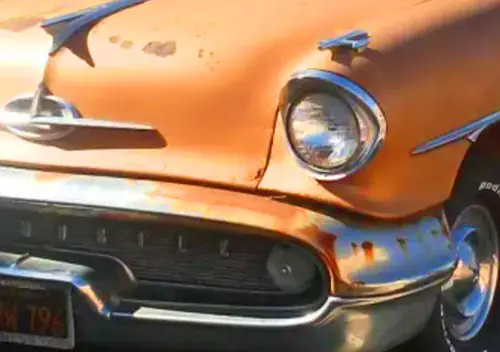
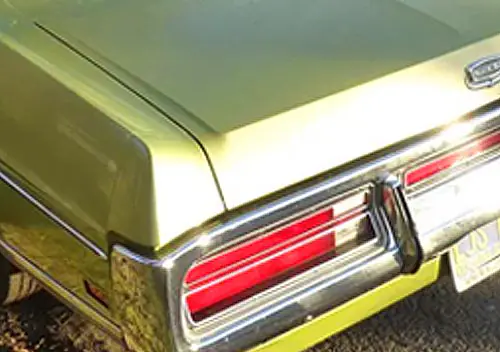
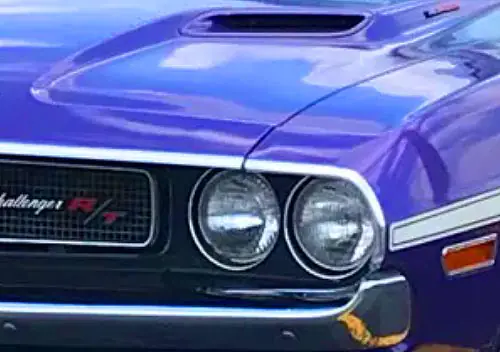


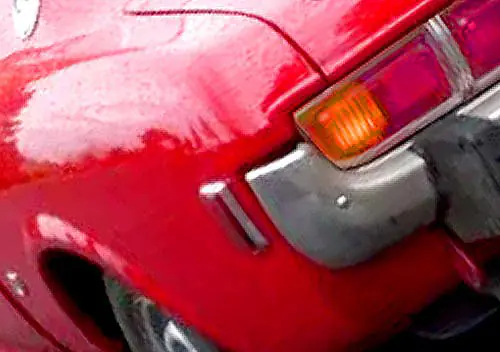

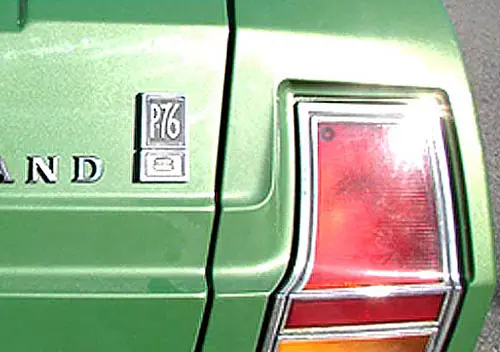
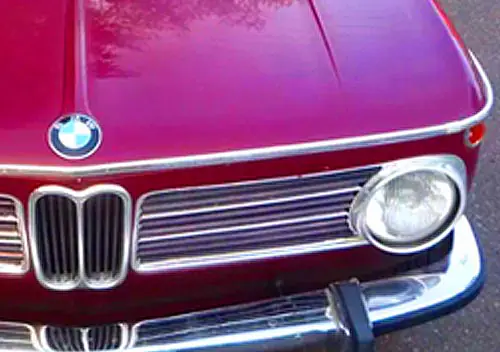


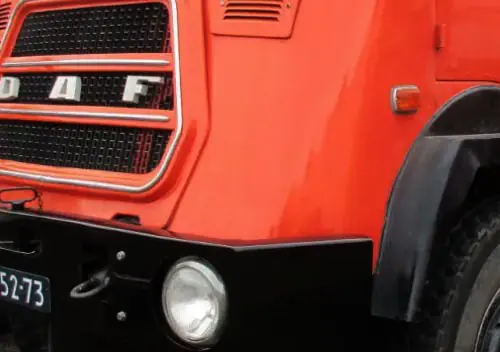
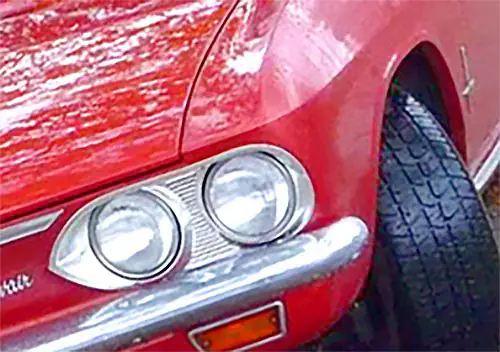
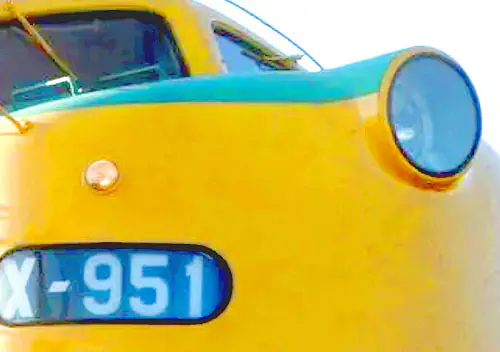
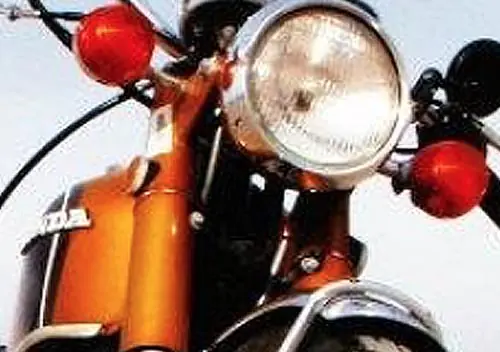
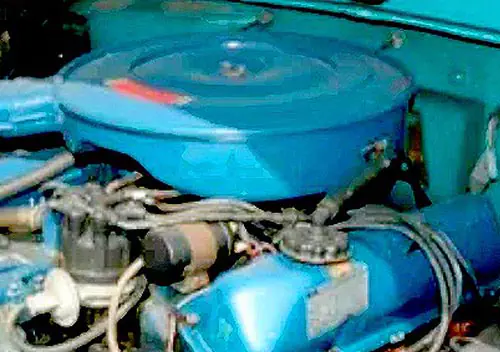
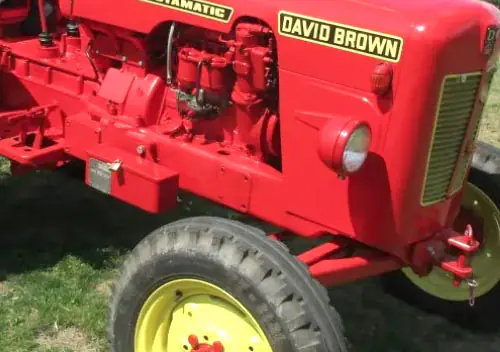


Thanks for those delicious closeup pictures and the diagram showing how the top worked. I’ve always been curious about that.
Nash clearly wasn’t trying for ergonomics, with unlabeled controls hidden under the dash or behind a rolltop desk. Chevy and Ford were better, and Plymouth was the best in those years.
Most of the controls are labeled, although I wouldn’t say most of the labels are very easy to see or read.
The horn went “beep beep”.
I think it’s an attractive car, setting aside the skirted wheels.
Agree. The size is perfect for the age, but the skirted wheels kill it for me. The ’55 opened the front wheels, but when they opened the back wheels in ’56 it was a complete body change…
Speaking of “beep beep”, here the song “Beep beep”(Little Nash Rambler) performed by a band named The Playmates.
That was great! Thanks!
Lois Lane approves.
When I was a kid these things looked so odd. Now I think they look great. What changed?
^^btw there was a hit song “beep beep” about a Nash Ramblem passing a Cadillac.
So 89-odd per cent of folks didn’t even have a second car, let alone a newbie? Well, hell, that’s aiming for a very narrow slice of pie. At least that makes sense of the fact that it was a little poshed-up convertible at launch. A well-ish-off man’s trinket for his indentured ’50’s wife, perhaps.
Farina designed a bunch of over-bodied fatties at this point in history, and this is one. It doesn’t work on a skinny and short chassis, and isn’t cute. It looks like a 1950 fridge that fell over and got castors.
Farina had nothing to do with this and the other production Nashes at this time. He signed a contract in late 1949 to work on future large Nash models, for 1952. But what he delivered was deemed “too Italian” so the 1952 Nash was essentially an in-house design with some PF touches. PF did design the Nash-Healey roadster.
Fair enough, though the car’s as chunky as some of Farina’s really not-so-good specials across this time. History has a habit of taking on myths, and it’s not helped by later ads like this which outright state “styled by Pinin Farina”. (And which, assuming the ‘orrible thing was, is not one of his better moments).
The 1950–1951 Rambler was not really styled by anyone in particular, at least not anyone who was willing to take credit for it. The general consensus was that it was largely the work of the body engineers, who figured out how much they could scale down the Airflyte unitized construction of the Statesman. It had a few decorative touches contributed by other Nash consultants (including George Walker Associates as well as Helene Rother), but as a complete shape, it was probably styled by engineers.
I’m a fan of these early Ramblers. Mason’s strategy with them was quite brilliant; he was essentially targeting what became the semi-upscale import market, especially with upscale, educated women. This was a profoundly under-served market. It was the polar opposite of the strategy behind the Henry J.
Rambler had a distinct semi-upscale image until 1958 or so, when the recession made them massively popular and Romney introduced low-content versions. And by the early ’60s, Rambler’s image was tarnished as being bought by cheapskates. That’s an unfortunate decline in image and perception within just 10 years.
When I was a kid, I was totally perplexed by the Rambler and AMC cars in general. I couldn’t figure out the allure of a smaller car when one could get a larger Chevrolet for much the same money.
The benefit of years has made me realise that Rambler owners liked the more trim dimensions of their cars compared to the larger offerings of the Big 3. I feel much the same way today and drive a modestly sized car for that reason.
When I was little, we lived in the lower unit of a 2-flat probably built around 1950. There was a two car garage, with two narrow car doors separated by a post between the bays. One bay was a straight shot & the other required a sharp jog. The folk’s ’59 Chev. wagon couldn’t have made that jog; it barely fit in the straight-shot bay, length or width.. The upstairs people’s ’63 Rambler wagon could make it.
Did Ford really copied Rambler’ s high mounted coil spring front suspension in 1960? If memory serves, the 1949 French Ford Vedette was the first model with high mounted coil springs after WWII. And British Fords already had McPherson’ struts by 1951.
I’m not seeing high-mounted coils on any images of the Vedette that I found.
The Rambler/Falcon front suspension are not struts, but is the classic short-arm, long-arm with the coils mounted on the top arm.
The Vedette had a conventional double wishbone suspension, not high-mounted coils. Nash actually patented the high-mounted coil layout: US2635895, filed on June 24, 1950.
As for MacPherson struts, watch this space.
Interesting concept that really didnt have anything going for it, dumpy weird styling average performance and fuel economy for a six of the era, and sidevalve when the world had gone OHV and priced in Cadillac territory.
My farmer neighbor had a black convertble as a field car until it broke.. My friend Teddy and I would sit in it and play driving… It was such a cute cool little thing. Wish I had it now.. His fleet of field cars varied. I remember a 48 Pontiac fastback silver streak, a 55 Plymouth sedan, 49 Cadillac convertible.. All neat stuff
Who cares if it looks like a Coney Island bumper car, it`s way cool. Even Lois Lane likes it.
The designer who laid out those dash controls must have had a sick sense of humor. Putting the wiper knob next to the identical-looking convertible top knob must have made for plenty of silly and soggy stories!